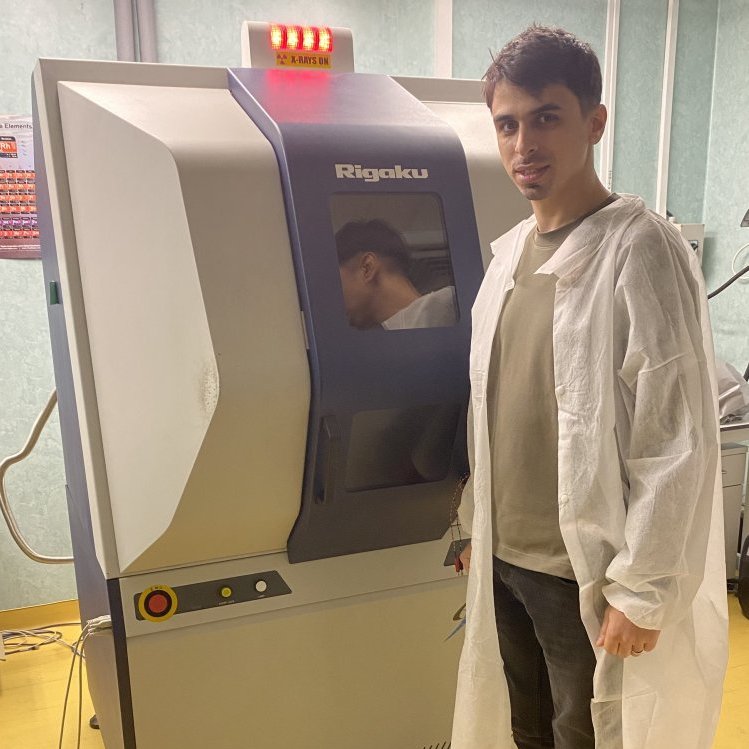Testimonial: Cosmin Romanițan-SmartLab

Nanobiotechnology Laboratory
Is there a discovery or specific progress within your projects that you feel you would not have been able to achieve without this equipment?
The multitude of degrees of freedom in the goniometer had a decisive impact on my studies. The “asymmetric skew” configuration, which allows the modification of the X-ray penetration depth in the material by varying the incidence angle, while simultaneously tilting the sample, led to innovative studies in the nanotechnology field. This configuration allowed for a systematic study of the distribution of the microstructure of gallium nitride grown on an Al₂O₃ substrate. I proposed a formalism for investigating the distribution of dislocation densities in nitrides, with final results currently in the process of publication. Additionally, this configuration allowed for obtaining important results that contributed to the development of new theoretical frameworks for assessing porosity distribution and stress relaxation processes in porous materials and nanowires. The remarkable results obtained through this configuration have been published in the prestigious Journal of Applied Crystallography and the American journal Spectroscopy. Fortunately, these studies would not have been possible without the “asymmetric skew” configuration provided by Rigaku equipment.
From a technical standpoint, what features of Rigaku equipment did you find most innovative or useful?
From a technical perspective, I believe that the 9 kW rotating anode and the multitude of degrees of freedom are the innovative elements that can make a difference compared to other X-ray diffraction equipment. Additionally, the in-plane arm for pole figures is very useful for advanced texture studies of materials.

This excerpt is from the article titled 'The World That Cannot Be Seen,' as seen through the eyes of young researcher Cosmin Romanițan from the National Institute for Research and Development in Microtechnology (IMT).
